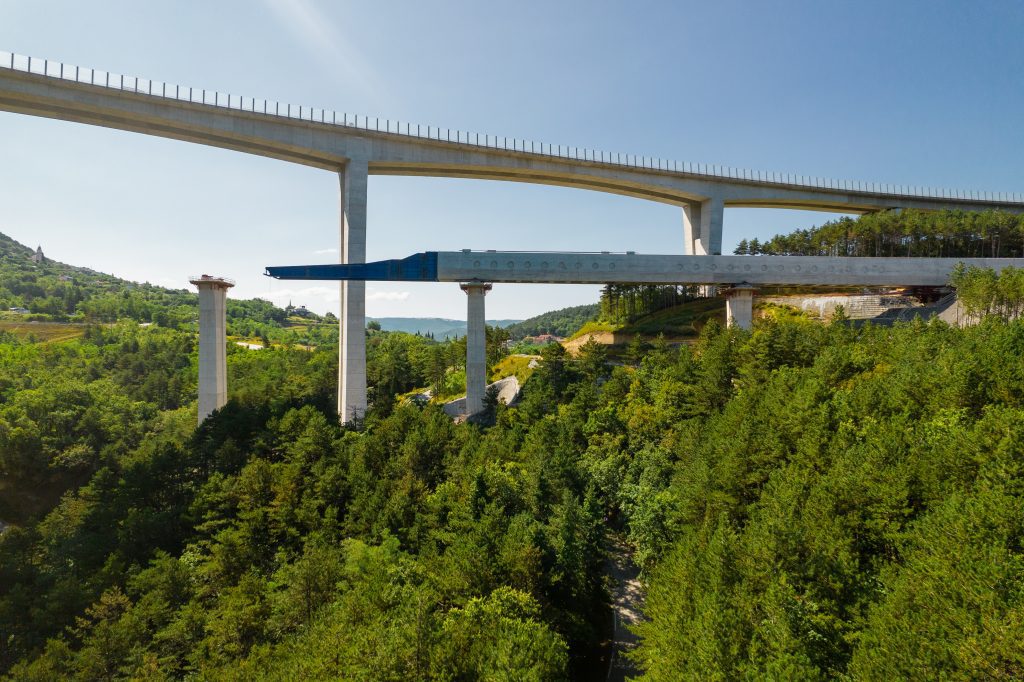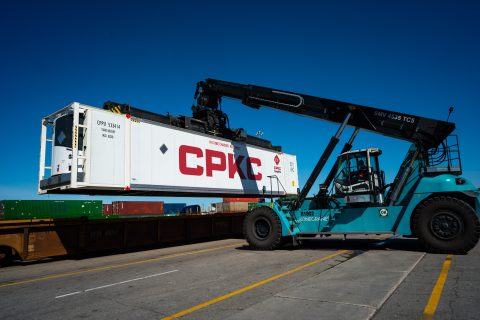EIB finally approves loan for funding the doubling of Divaca-Koper line

The European Investment Bank (EIB) approved a loan of 250 million euros to finance the doubling of the line connecting Divaca to the port of Koper, in Slovenia. The final document is expected to be signed at the end of this year, as 2TDK, the state-owned entity responsible for the project highlighted.
The EIB approved the loan already in May 2019. However, the institutions added a few extra conditions including a state guarantee and a Service Level Agreement with the Slovenian infrastructure manager SZ Infrastrktur. Other prerequisites were the selection of a construction supervisor, a revision of the traffic model a restriction on the amount of the estimated value of the construction works, and an appropriate update of the financial and economic model.
Moreover, the institution set the prerequisites to start dispensing the money, a process that should start in 2025, once all construction works will be completed. The conditions include the complete excavation of the tunnels and the expansion of the port of Koper. 2TDK claimed that most of these conditions were met already in the second half of 2021, when a feasibility study was presented to the EIB.
Doubling the Divaca-Koper line
The total investment for the 27-kilometre line that will connect the port of Koper to Divaca is estimated at 1,109 billion euros, which is 41 million less than initially planned. Thus, the EIB investment will cover roughly 21 per cent of the total funds. The first trains are expected to start running at the beginning of 2026. The section is part of not one but two TEN-T corridors: the Baltic-Adriatic and the Mediterranean.

Most importantly, the overall investment remains lower than initially planned despite Hungary’s decision to withdraw from investing in the project. For the record, the Hungarian government plans to build a terminal in the Italian port of Trieste, the direct competitor of the port of Koper. The investment in the Italian port will reach 200 million euros, which, coincidentally, is the amount that Hungary was supposed to invest in the Koper-Divaca line.
The line will run through seven tunnels and is expected to significantly increase capacity. Daily trains should more than double, from the current 94 to 212. This increase is expected to be significantly advantageous for rail freight. At present, about 14 million tons of goods are moved along the Divaca-Koper line. Once the track will be doubled, this number will almost triplicate to almost 37 million tons.
RailFreight Connects
The synergies between ports, terminals, and rail infrastructure have recently been under the spotlight, especially in Europe, where ports are increasingly investing in improving rail connectivity. The RailFreight Connects, which will take place at the Radisson Blu Hotel in Bremen, Germany, on 6 and 7 September, will be the perfect opportunity for the industry to discuss how these synergies can be boosted. Representatives from HHLA, the port of Genoa, Nevomo, Lohr, DB Netz, UIRR, and more are among the already confirmed speakers. You can find out more about the RailFreight Connects here and retrieve your tickets here.
Also read:




